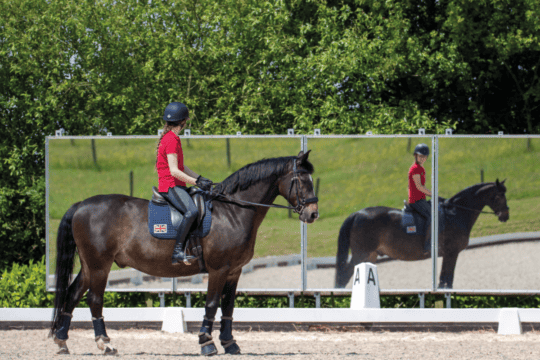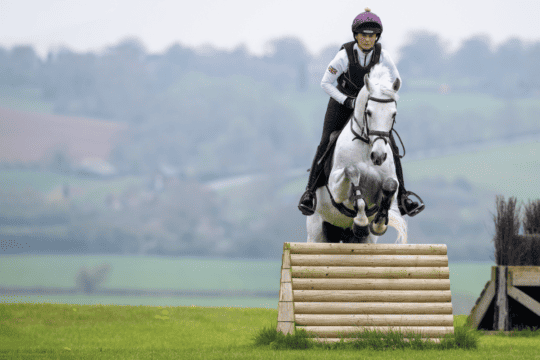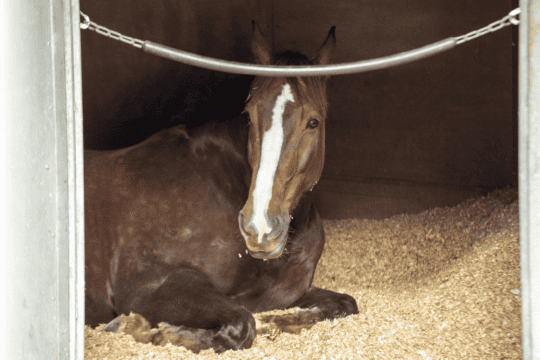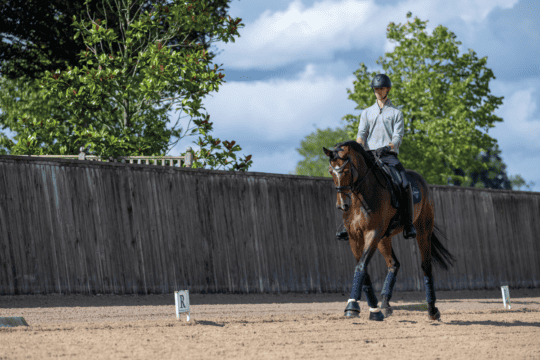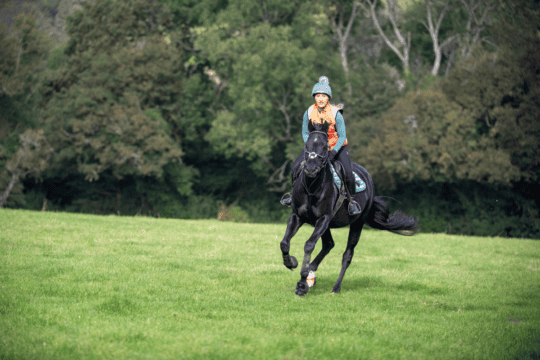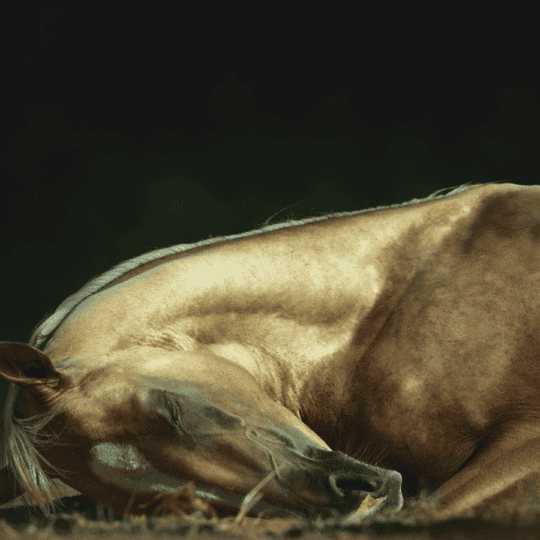Your body language
Posted 30th December 2019
What is your body language saying to your horse? Anna Haines explains what you can say without words
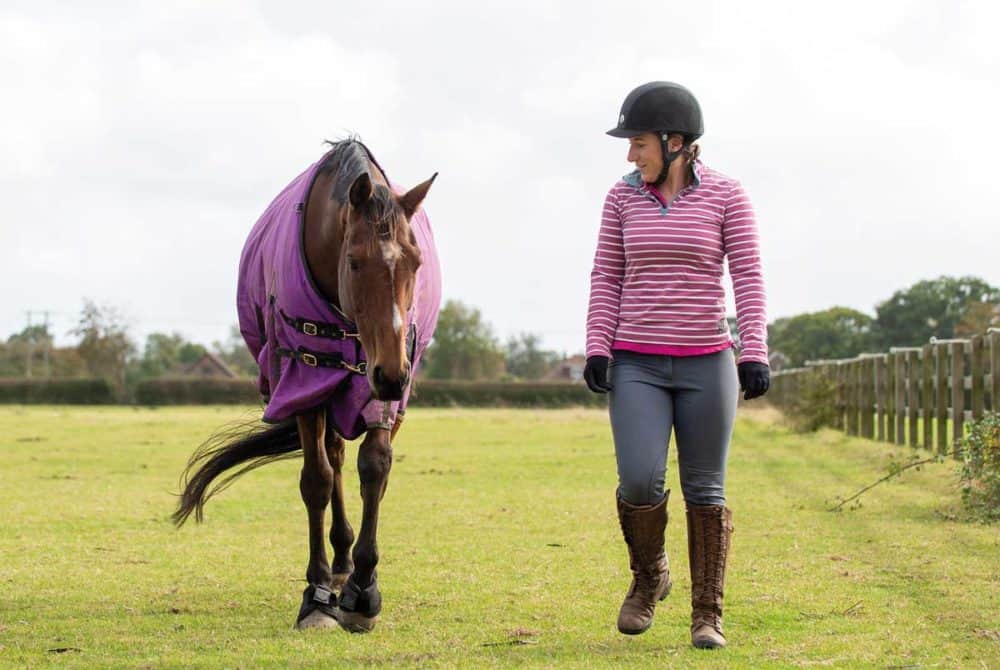
Most horse owners, at some point, have wished that their horses could just tell them how they’re feeling and what they’re thinking. The reality is that horses are talking to us through their body language in every interaction we have with them, and last issue we explored what those silent communications mean. However, it’s important to remember that we’re communicating with our horses all the time, too, through our own body language. For this reason, you should try to be mindful of what you might be saying, sometimes inadvertently, to your equine best friend.
How much does he understand?
Horses who have regular, close contact with people are able to learn to recognise human body language. Given how heavily horses rely on reading actions to communicate with other horses, this should come as no great surprise, but it’s easy to forget.
In fact, your horse can detect even very subtle human body language cues that you might be unaware of yourself, which helps him gain information about his environment. For example, he may pay attention to where your gaze is focused to know which area of the field you’re going to deliver his food to.
What are you saying?
How you talk about your horse might seem insignificant, but the language you use can have a big impact. For example, while referring to your horse as ‘a little ~insert expletive here~’ may be intended in an endearing way, it can have a negative effect because it means you’re attributing blame for his behaviour directly to him rather than looking to understand the cause of it. This can lead you to look for further inappropriate behaviours, and create a negative view of his personality. By changing the way you speak, you can reframe what you’re seeing – for example, the next time you want to say ‘oh he’s being really naughty’ try changing this to ‘he’s really struggling, I wonder why’ and you may start to see him in a whole new light.
Example: the field factor
Approaching a horse in the field in a way that helps him feel relaxed will likely lead to successful catching. This can be done by approaching him slowly and calmly from an angle, towards his shoulder and avoiding walking directly towards the front of his face.
Horses are typically quite inquisitive animals. Often even those who might be difficult to catch will approach if you sit or stand quietly and passively in the field for a while, as their curiosity gets the better of them. Studies have found that horses are more likely to approach a person with a more submissive stance, for example, slouched posture, arms and legs close to the body and relaxed knees, than they are someone in a more upright stance with a straight body, arms and legs apart and chest expanded.
Find out more about how your body language affects your horse in March Horse&Rider, on sale 9 January.


